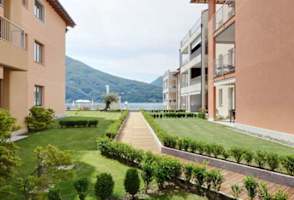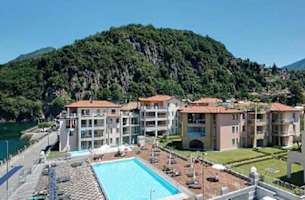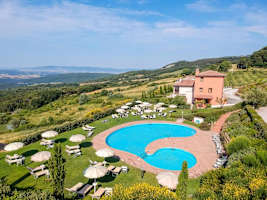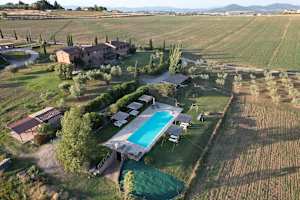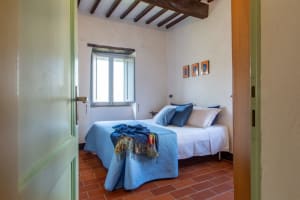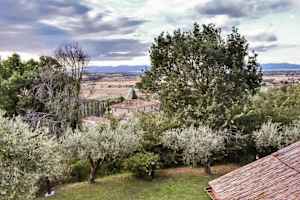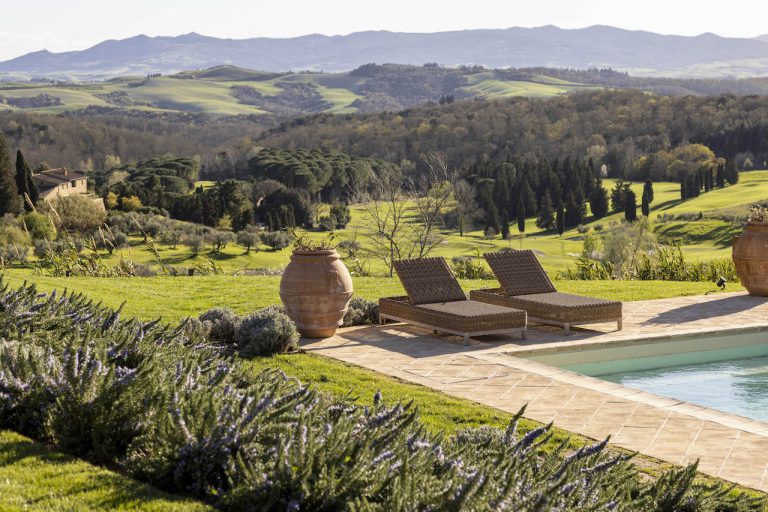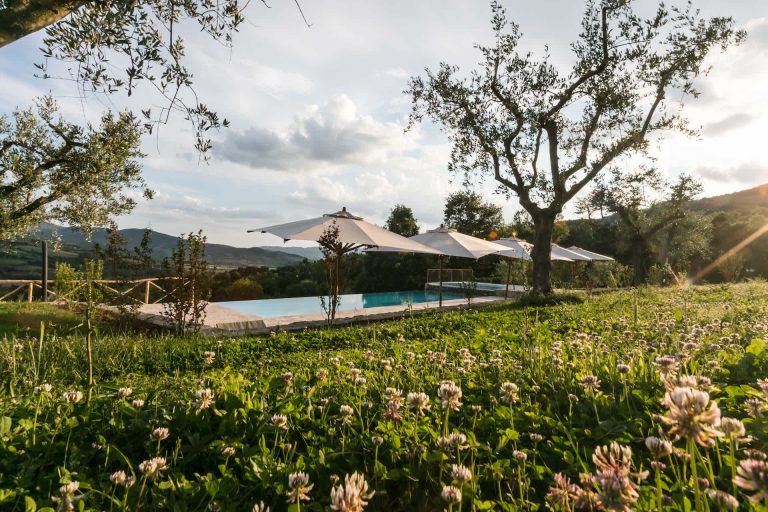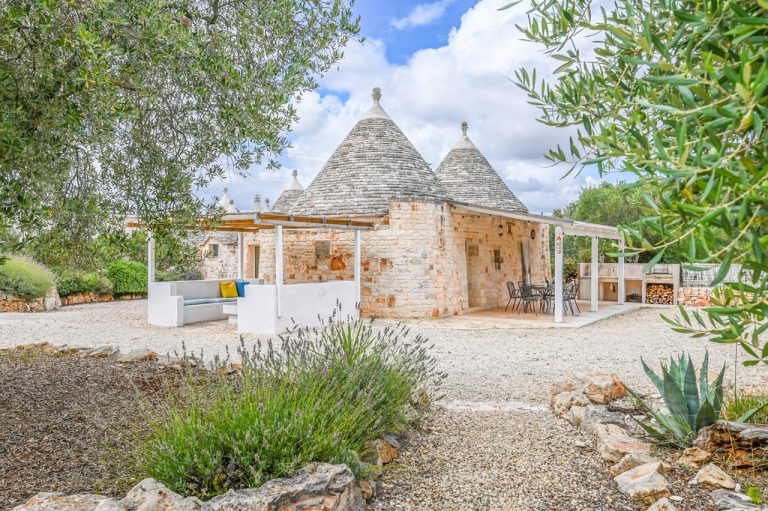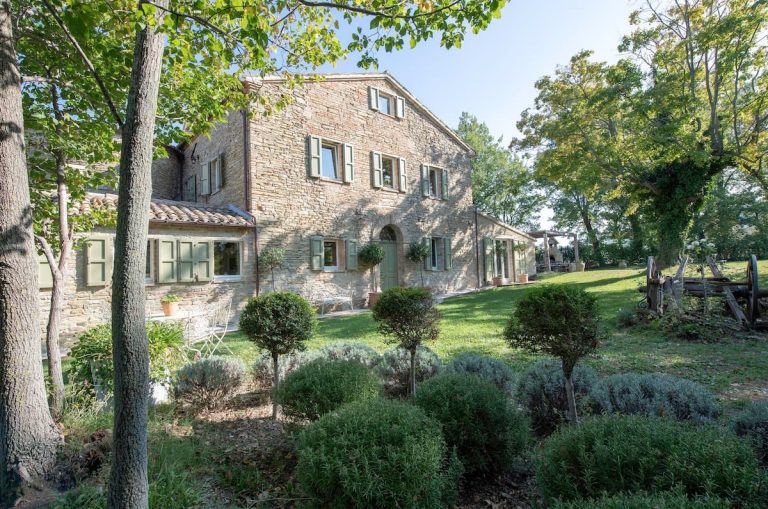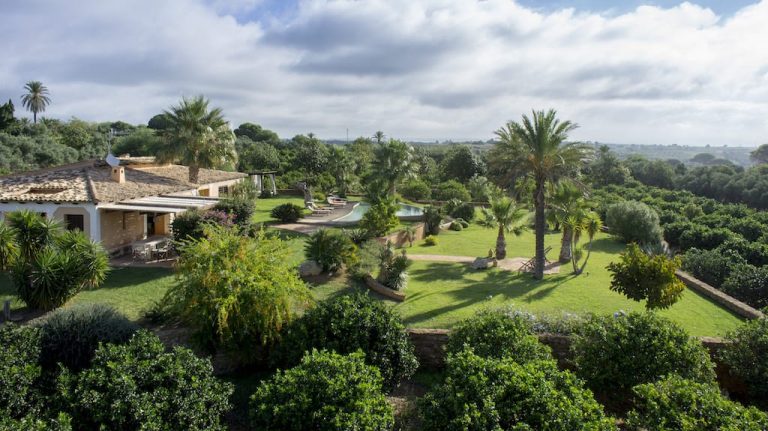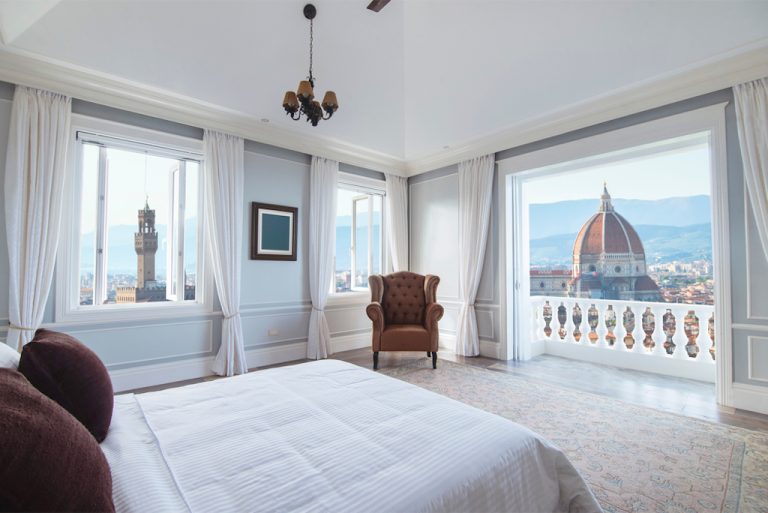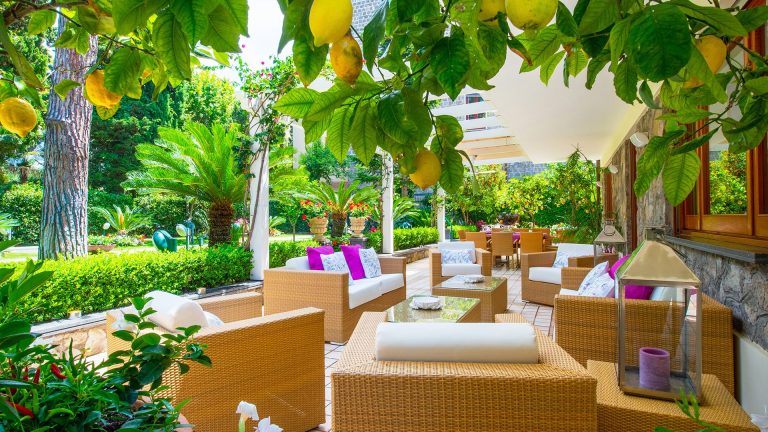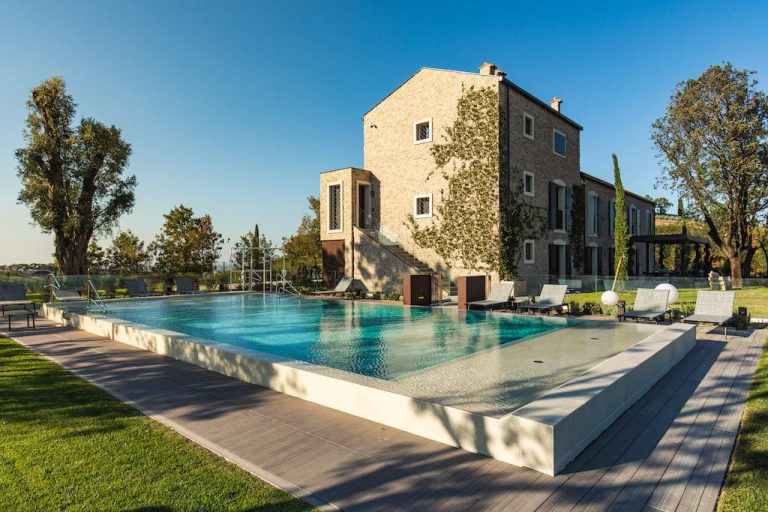Italy Villas
Villas in Italy
We might be biased, but Italy has to be one of the best holiday destinations in the world. From the rolling hills of Tuscany to the Amalfi Coast, it has something for everyone. And so do we. We have some of the finest Italian villas available for rent, from the super-luxurious, to authentic masserias, to trendy city apartments where you’re in the heart of it all. All of our Italian villas are handpicked by us, which is why we can help you find the perfect holiday accommodation.
It’s not just a villa – because it’s never just a holiday.
Can’t find the perfect Italian villa for you? Get in touch with your requirements and we’ll send you our suggestions.
Refine and personalise your results
EXCELLENTTrustindex verifies that the original source of the review is Google. Cassina Rossa in Forte Dei Marmi was a perfectly located villa to enjoy all things Forte & truly feel like a local! The communication with the owner and her representatives was so easy and they were VERY helpful with anything we needed during our stay. We so enjoyed waking up every morning and either taking our coffee intown while it was super quiet and watching everything wake up around us or on most mornings we rode the bikes that were supplied to us to the wonderful market that was literally down the street and picked up anything we needed fresh for the day. The kitchen was beautifully equipped and we made espresso most mornings and either sat outside on ground level patio or on the roof top overlooking the mountains. It was comfortable enough to have lunch and dinner at home a couple of times and fun setting a beautiful table with their pretty dishes, linens, etc. Having Bagno Vasco the very authentic classic beach club included was a dream and a big savings! Great food, easy location to bike or drive to and the position of our chairs, umbrella and sunbed right next to the sea was great. We were there for over 2 weeks and for a nominal amount he supplied us with their towels each day so we didn’t have to bring back and forth. The villa’s proximity to the center of town can’t be beat. It’s quiet enough to be a bit removed and beautiful to see the mountains whenever walking or riding home but so close to all the wonderful restaurants & very upscale & unique shops. Forte has such a unique vibe day and night especially on market days (Wednesday and Sunday). The markets are so full of clothing, housewares, etc that you’ll need to bring an extra bag or ship stuff home. People come from everywhere to take advantage of it. The location of Forte Dei Marmi is so central and close to other towns like Pietrasanta up in the hills which allows you to experience a completely different more typically Tuscan area within a short 15-20 min drive and it’s also very close to Lucca, Pisa & Carrara (where they get the marble) only 1 1/2 hours from Florence and Portofino if you are staying longer and want to take some wonderful daytrips. Forte Dei Marmi doesn’t have the dramatic coastline of the Amalfi coast but the beauty of looking one direction and seeing the beaches and looking the other and seeing the stunning mountains including Carrara is truly unique and offers its own special beauty. Another plus is that it is very flat so much easier than many Italian towns to walk and ride bikes which everyone does everywhere. It’s fun to see everyone (mostly Italians which we loved) fully dressed for dinner on bikes as it’s truly the chosen form of transportation for the young and old. We can’t wait to return!!Trustindex verifies that the original source of the review is Google. Jo at Bookings for You is absolutely wonderful to work with. We have booked properties in Sorrento and Sicily over the past two years (2022 & 2024) and have not been disappointed. The properties were 1st class and just phenomenal. Jo lists only the best based on; location, amenities, condition & cleanliness. I highly recommend Bookings for You when planning & booking your stay in Italy; you won't be disappointed. First class service and first class properties!Trustindex verifies that the original source of the review is Google. Great service , prompt and efficient responses to enquiries . Villa was just what we wanted for a family holiday , and Fiona was a great asset ! ThanksTrustindex verifies that the original source of the review is Google. We have just spent a fabulous week in Villa Speracedes booked with Bookings for You. Bookings for You provided excellent communication with us both prior to and during the trip to ensure that everything ran as smoothly as possible for us. The apartment was great: comfortable, very well equipped and the terrace was fabulous with a seating area for meal times, comfortable loungers to relax on and down the steps, loungers beside the pool. All having magnificent views across the valleys. Highly recommended!Trustindex verifies that the original source of the review is Google. Fabulous stay in Villa Assisi - a big villa with private pool in a hotel resort complex. It was very peaceful, despite a very central location, and the pool was a fantastic luxury given the super-hot temperatures. We were able to use the hotel facilities, such as the tennis court and bicycles, as well, so it felt like the best of both worlds. We were well looked after by Bookings for You too. Highly recommended.Trustindex verifies that the original source of the review is Google. An amazing place. Had such a great stay with my family and the hosts were so helpful all along. Thank you!Trustindex verifies that the original source of the review is Google. The villa is Beautiful. The staff wonderful especially the chef and Benne. Daniela is a wonderful host. Our family had a wonderful time Thank youTrustindex verifies that the original source of the review is Google. Absolutely fantastic from start to finish! We had the most amazing holiday at Golfo Gabella on Lake Maggiore and will definitely be rebooking for next year 😊
Towns & Cities in
Parent region sicily-travel-guide not found.
















